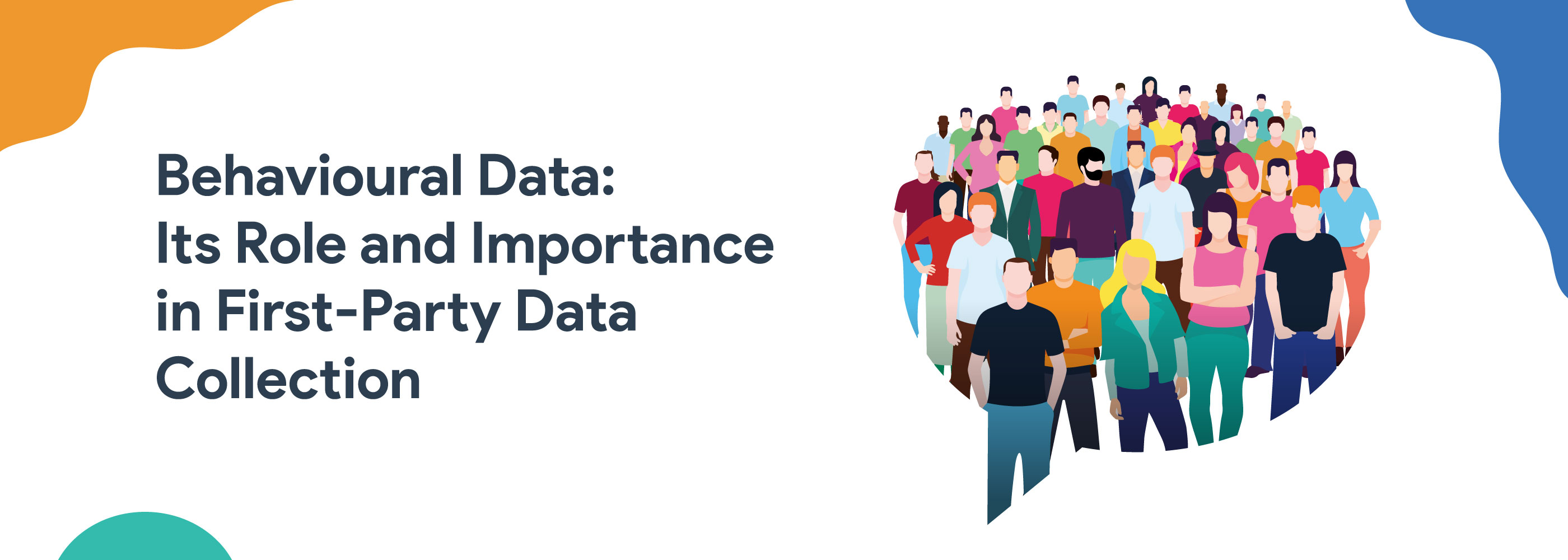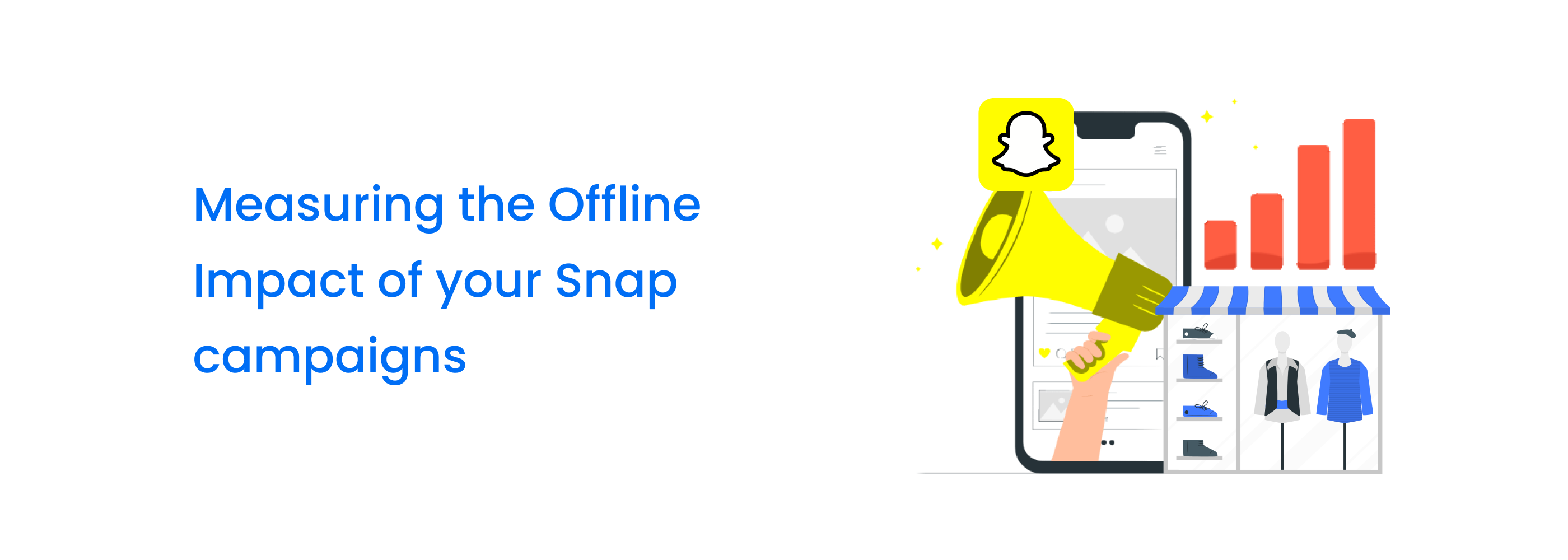Behavioural Data: Its Role and Importance in First-Party Data Collection
Behavioural data reveals the specific ways in which your customer interacts with your business, it could include purchase history and social interactions. This data proves to be extremely valuable to organizations that are looking to create a deep and more targeted experience for customers.
Access to this kind of data helps marketers and advertisers identify patterns and trends in customer behaviour, and this can be then used to create targeted marketing campaigns and improve overall product offerings. This information can be tracked, collected, and organized into your customer profiles.
To list a few examples:
Purchase history data describes the products and the services that your customers have purchased in the past – this includes the frequency, quantity, the value of the purchases. Website and app usage data describes how customers interact with your website and mobile app. This again includes how long they stay on a page, the actions taken, and so on and so forth.
Social media engagement data describes how customers engage with social media channels – inclusive of comments, likes, and shares. Marketing campaign data tells how your customers interact with email marketing campaigns – inclusive of open rates, click-through rates, and conversions.
Ways in which you can use Behavioral Data

There are numerous opportunities when it comes to insights gained through behavioral data.
Re-targeting: Behavioral data can be used to retarget customers who have interacted with your website or products but have not completed a purchase. This enables you to re-engage customers and increase the likelihood of a conversion.
A/B testing: A/B testing can be conducted with the use of this data, where two versions of a product or website are tested to determine which is more effective in driving customer engagement and conversions.
Personalized marketing campaigns: Create targeted marketing campaigns that are tailored to individual customer preferences and behavior.
Enhanced customer experiences: Improve customer experiences by identifying areas of friction or frustration in the customer journey. For example, website usage data can lead to the optimization of the user interface or to streamline the checkout process.
Increased customer retention: Behavioral data can be used to identify customers who are at risk of churning and to develop targeted retention strategies. For example, purchase history data can be used to identify customers who have not made a purchase in a while, and you can then offer them targeted promotions or incentives to encourage them to return.
Predictive analytics: Use this data type to build predictive models to forecast customer behavior and preferences. This enables better anticipation of customer needs and tailoring your products and services accordingly.
Improve product development: Behavioral data can provide valuable insights into how customers use your company’s products or services, including which features or functions are most popular and which are underutilized. This data can be used to inform product development and to identify opportunities for innovation.
First-party data is highly valuable information for retailers because it comes directly from the customer, making it more reliable than a third-party source. First-party data can help marketers create personalized experiences by displaying adverts relevant to customers’ needs. Zero-party data is also valuable for marketers as it is willingly provided by consumers and can be used to help improve the shopping experience.
The main advantage of a first-party data strategy is building trust with customers. The strategy should consider all possible points of contact and types of customer data that can be collected.
A strong strategy can deliver accurate insights that enable marketers to be more innovative in the ways that they connect with customers. This can improve the user experience and can be useful in creating an overall positive customer journey.














